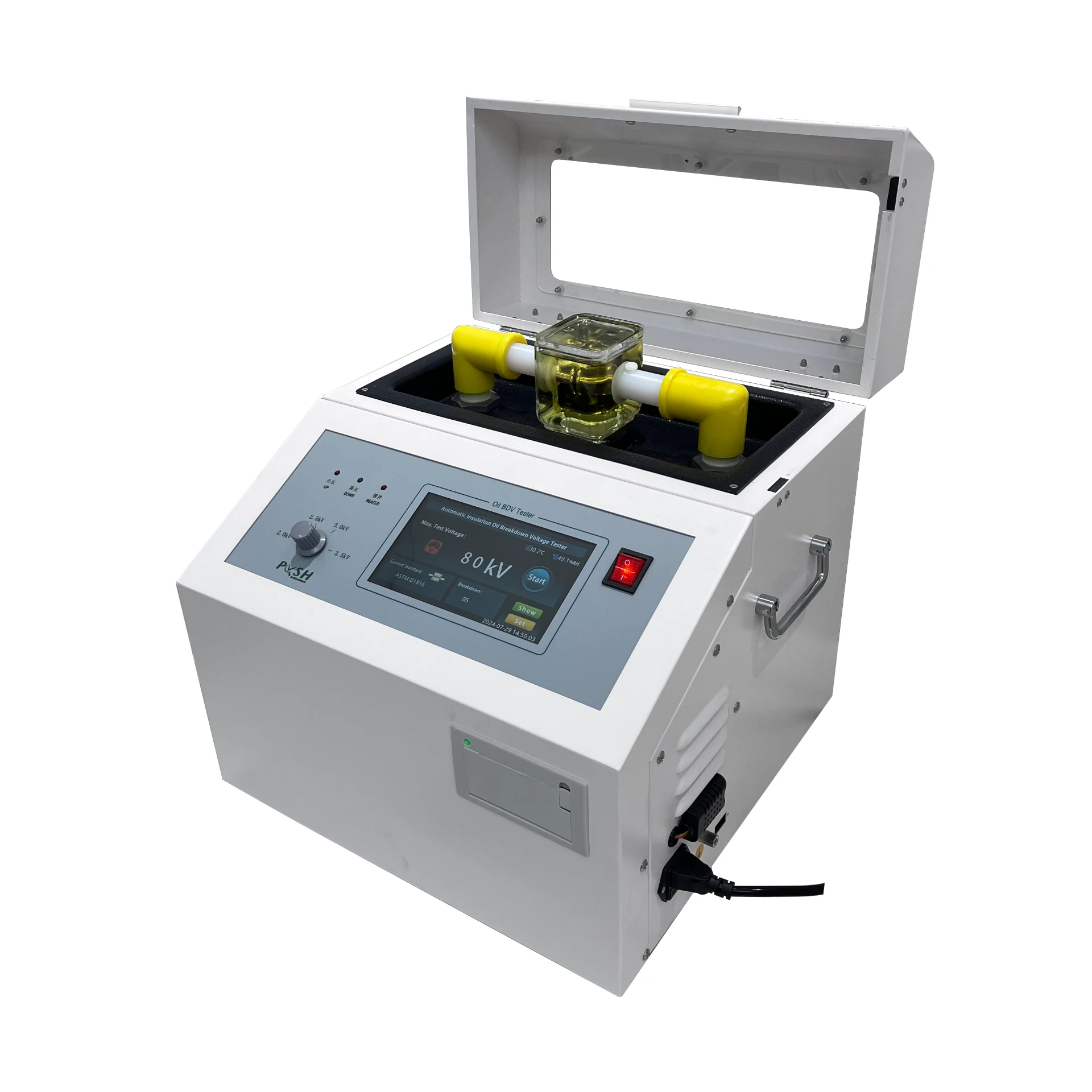 English
English


Cable Resistance Evaluation Method for Assessing Electrical Conductivity and Performance
Understanding Cable Resistance Testing
Cable resistance testing is a critical process in the field of electrical engineering, ensuring the safety and reliability of electrical systems. This testing method evaluates the resistance of cables, identifying any potential issues that could lead to failures or inefficiencies in electrical distribution.
Importance of Cable Resistance Testing
The primary purpose of cable resistance testing is to measure the electrical resistance of the cable conductors. High resistance can indicate problems such as corrosion, poor connections, or damage to the cable insulation. These issues can lead to overheating, increased energy losses, and ultimately, system failures. Testing cables before installation or after maintenance helps ensure that they will perform effectively under operational conditions.
Testing Methods
Several methods exist for conducting cable resistance tests, but the most common techniques include
1. DC Resistance Testing This method applies a direct current to the cable and measures the voltage drop across its length. The resistance can be calculated using Ohm's Law (R = V/I), where R is resistance, V is voltage, and I is current. This test is effective for identifying issues in both low and medium voltage cables.
2. AC Resistance Testing While less common than DC testing, AC resistance testing can be useful in some instances, particularly for high-frequency applications. It provides insights into how the cable will perform in real-world AC conditions.
cable resistance test

3. Four-Wire Measurement In this technique, two wires carry the current and two measure the voltage drop, minimizing the effects of lead and contact resistance. This method delivers highly accurate resistance readings, which are crucial for ensuring the cable's reliability.
Safety Considerations
Safety is paramount during resistance testing. Technicians must be aware of the potential hazards associated with working with electrical systems. Proper personal protective equipment (PPE) should always be worn, and the testing environment must be well-ventilated and free from flammable materials. Moreover, the cables should be de-energized and properly isolated before testing to prevent any accidental shocks or equipment damage.
Interpreting Results
Interpreting the results of cable resistance tests is vital for effective decision-making. Standards such as the IEC (International Electrotechnical Commission) and ASTM (American Society for Testing and Materials) provide benchmarks for acceptable resistance levels. Deviations from these standards may indicate that a cable is unsuitable for use, urging engineers to take corrective actions, such as repairs or replacements.
Conclusion
In conclusion, cable resistance testing is an essential practice in electrical engineering that helps maintain the integrity and performance of electrical systems. By identifying resistance issues early, engineers can ensure safe and efficient operations. As technology evolves, advancements in testing methods and equipment will enhance the reliability of this critical process, ultimately contributing to safer electrical infrastructure. For businesses and engineers alike, investing in regular cable resistance testing not only enhances safety but also prolongs the lifespan of electrical networks, proving to be a worthwhile endeavor in the long run.
-
Differences between open cup flash point tester and closed cup flash point testerNewsOct.31,2024
-
The Reliable Load Tap ChangerNewsOct.23,2024
-
The Essential Guide to Hipot TestersNewsOct.23,2024
-
The Digital Insulation TesterNewsOct.23,2024
-
The Best Earth Loop Impedance Tester for SaleNewsOct.23,2024
-
Tan Delta Tester--The Essential Tool for Electrical Insulation TestingNewsOct.23,2024





